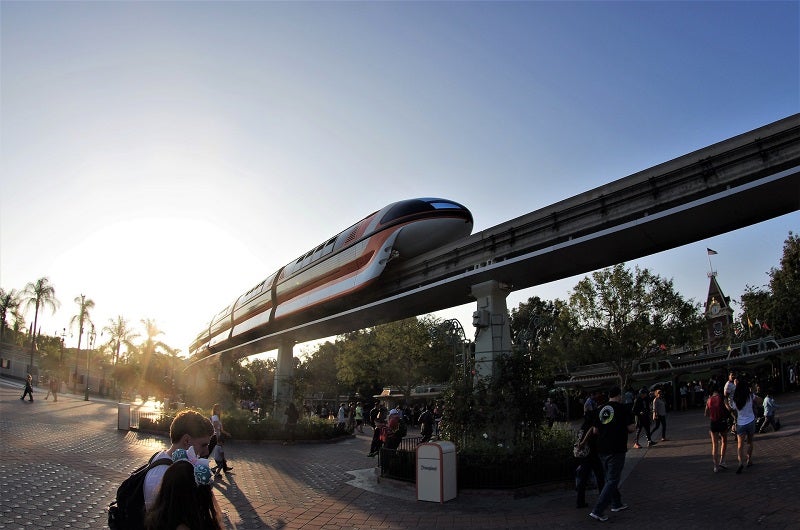
The State Railway of Thailand (SRT) is looking to spend a further $8.66bn (300bn baht) in the second phase of the Thai-Chinese high-speed railway project.
The blueprint of the 356km section of the second phase of the project extending from Nakhon Ratchasima to Nong Khai’s border province has already been completed, as per SRT officials.
An environmental impact assessment (EIA) of this section will be submitted soon to the Office of Natural Resources and Environmental Policy and Planning (ONEP) before proceeding.
A proposal for the additional investment will be presented to the SRT executive board for consideration before it is submitted to the cabinet for approval in January or February next year.
If the proposal is approved by the cabinet, a bid will be called, and the winner determined by the end of next year.
Construction work on the rail project is planned to commence in 2024 and 13 contracts for the project will be awarded, with 12 related to construction and one for the railroad signalling system.
The project is expected to be completed in four years.
Its second phase includes a 171km elevated track and a 185km ground track in various northeastern provinces.
The track will be constructed in northeastern provinces including Udon Thani, Nong Khai, Nakhon Ratchasima, and Khon Kaen.
The route will have five railway stations, which will be located in Khon Kaen, Nong Khai, Ban Phai, Udon Thani and Bua Yai.
The Thai-Chinese high-speed railway project is divided into three phases and the last section will connect Nong Khai to Vientiane in Laos and to Kunming in China’s Yunnan province.



